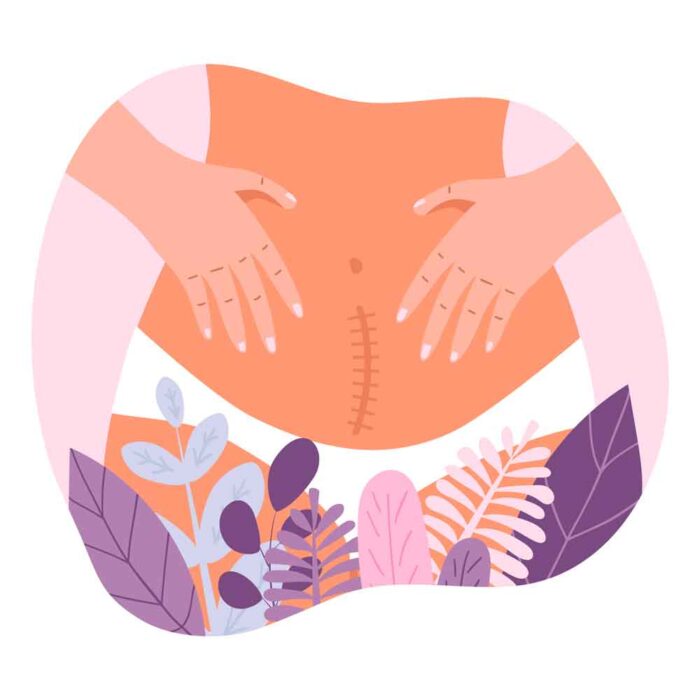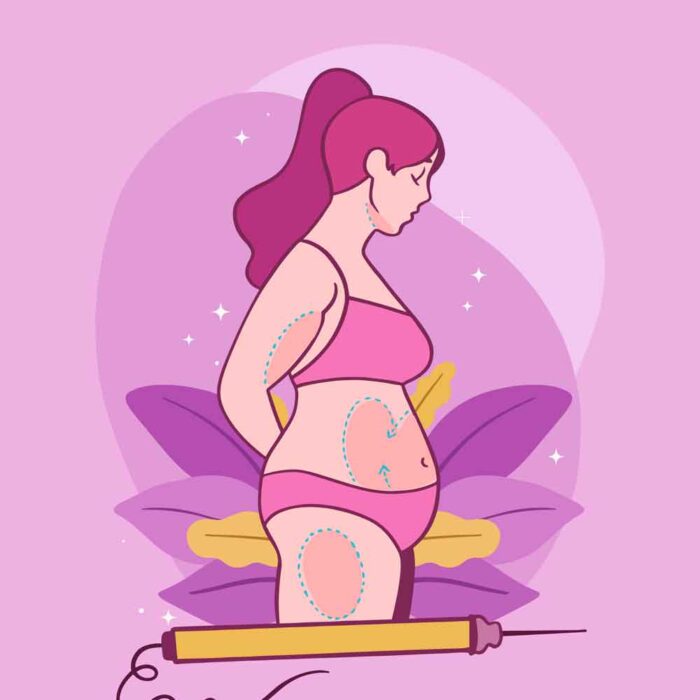Quick Enquiry
+91 7356 577 577 +91 7356 200577 care@janikaayurveda.comServices Available At
📍Kochi, Kerala📍Bangalore, Karnataka
Ayurvedic Protocol for C-Section Recovery

A caesarean birth brings its own rhythm of healing. While traditional postnatal Ayurveda, Sutika Paricharya, was written mainly for vaginal births, its wisdom can still hold and guide mothers who recover from a surgical delivery. What changes is the pace: gentler, slower, more protective.
First 7 Days: Rest above all
For the first week, your body’s priority is wound healing. Complete rest is the treatment here. Avoid abhyanga (oil massage) during this time. Instead, keep the body warm with cotton wraps or light blankets.
Food must be simple, warm, and mild—rice gruel, moong dal soup, or diluted milk with a pinch of dry ginger. Herbs like ajwain (carom seeds), cumin, and dill may be used in tiny amounts to ease gas and support digestion. Warm jeera water sipped through the day is both safe and soothing.
Emotional rest is equally important, allow yourself to simply be with your baby, without pressure to host visitors or return to routine.
After Stitches Heal: Gentle Abhyanga
Once stitches have healed well and your doctor gives clearance, abhyanga may be started. Oils like Bala Tailam or Kumari (aloe-based) oil are traditionally used for restoring strength, calming vata, and softening scar tissue. Start with short, gentle strokes—especially avoiding direct pressure on the scar.
A warm bath after massage helps circulation and comfort. Herbal decoctions like Dashamoola or Nalpamaradi may be suggested by your vaidya, but always with medical clearance.
Digestive Support & Vata Management
C-sections often leave digestion weak and vata high. Small, frequent meals are kinder than heavy portions. Think of khichdi with ghee, boiled vegetables, or wheat porridge.
Spices like ginger, pepper, and ajwain may be used carefully to keep agni (digestive fire) steady. Abdominal binding (postpartum belt) can be introduced only after healing, under proper guidance—it helps support the lower back and abdomen.
Warm oil application on the soles of the feet and scalp, even if a full body massage isn’t possible, brings grounding and better sleep.
Best Post pregnancy care in Kochi, click here.

Gradual Rebuilding (Weeks 3–6)
After the third week, depending on energy, the diet expands to include pulses, milk with turmeric, and nuts soaked overnight. Light stretching or gentle walks around the house can help circulation.
Milk-boosting herbs like shatavari and fennel may be introduced through lactation counselling, always considering digestion and comfort.
Emotional care remains vital: moments of laughter, sunlight on the skin, and family support reduce feelings of isolation and help steady the mind.
Why Ayurveda Matters Here
Ayurvedic pregnancy care and post pregnancy care are not about rushing recovery but about layering warmth, nutrition, and rhythm day by day. For C-section mothers, these small steps—rest, digestive herbs, wound care, safe abhyanga, postpartum belt use—become the foundation of strength and long-term health.
If you are a new mother healing from a C-section, give yourself time. Let Ayurveda and modern care walk hand in hand. If you’d like personalised guidance in massage, diet, or lactation counselling, reach out—we are here for you.
